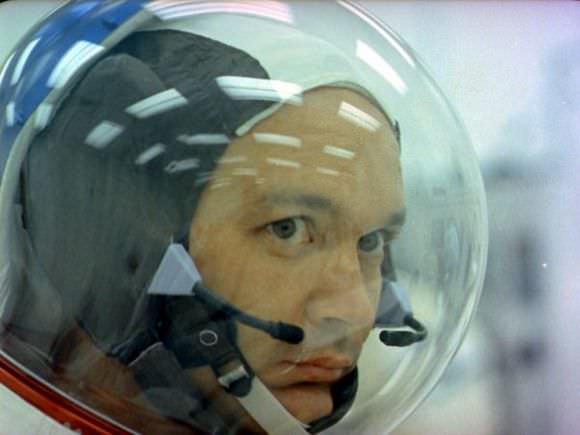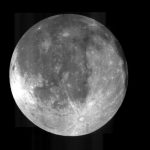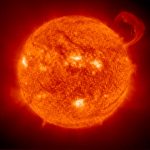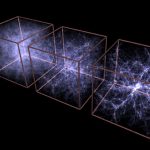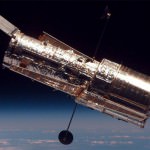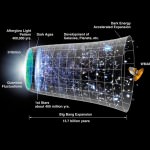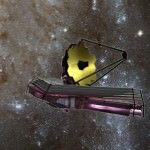I mentioned in a previous post that upcoming, there would be lots of fun ways to celebrate the 40th anniversary of the Apollo 11 moon landing, and here’s one I hope you enjoy. My latest podcast on the 365 Days of Astronomy is my reminiscences about that event, which includes another song I wrote. It’s about Apollo 11 through the eyes of a young girl, (which I was at the time), with all the interesting questions and the unique viewpoint that children can bring.
Back on July 20 1969, with everyone focusing on whether Neil Armstrong and Buzz Aldrin would make it down to the lunar surface, my thoughts stayed with Mike Collins up orbiting all alone in the command and service module, which is what the song is about. I was inspired and brought back to that time by a children’s book, “The Man Who Went to the Far Side of the Moon: The Story of Apollo 11 Astronaut Michael Collins” by Bea Uusma Schyffert. It’s a wonderful book that focuses on Michael Collins and what he did, and what he saw, and the things he thought about in space.
The book brought me back to that time, and how I sat in front of the TV watching history unfold. I don’t remember exactly what I was thinking or the questions I had, but I’m sure there was a lot going on inside my little head, and likely, that event was part of what brought me to where I am today.
I hope you enjoy it. Apollo 11 Through the Eyes of a Young Girl

